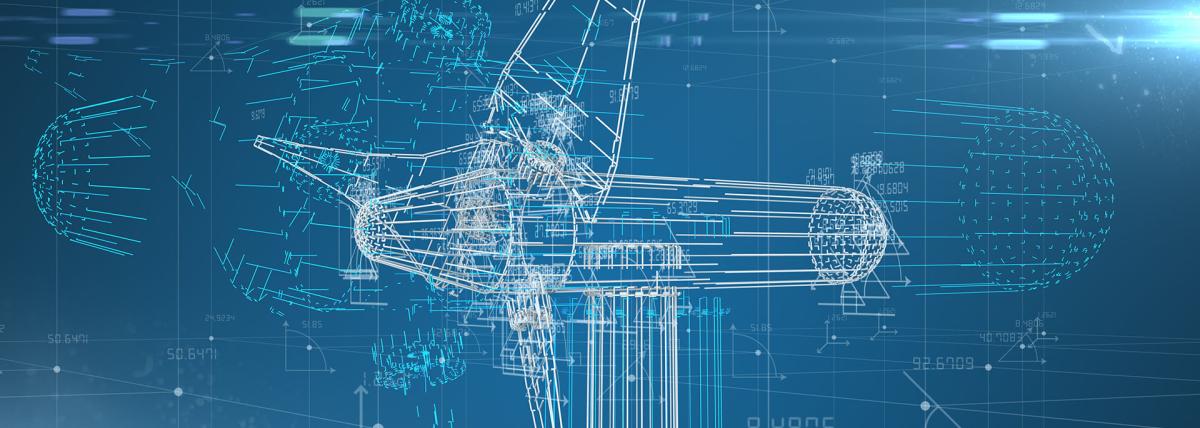
This is part 2 of a unit. The other lessons are linked within each lesson. During this lesson, students will be encouraged to collaborate and imagine different solutions in order to connect the sides

This is the 4th and final part of a 4-part series that allows students to communicate what they've learned through using the engineering design process to develop new vision technology. Links to all
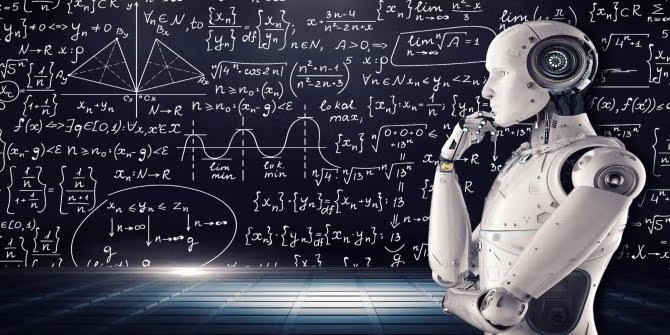
This hands-on lesson allows students to engage in the engineering design process by building a new vision technology with applications of convex and concave lenses. This is the 3rd lesson in a series

This is part 1 of a unit, other lessons are posted. In this lesson students will use prior knowledge of how wheels and axles work in order to create two symmetrical sides of a ferris wheel. This
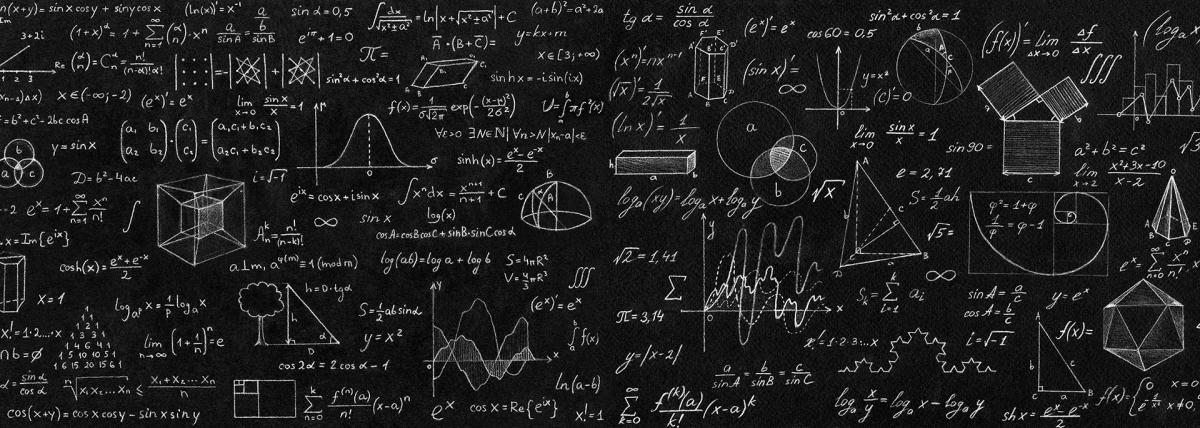
In this hands-on lesson, students will have a teacher read aloud: "Rosie Revere, Engineer" and discuss the importance of perseverance and imagination while creating, building, and testing. They will

Students will explore the field of astrobiology and the possibility of life on Mars through research, critical thinking, and hands-on activities. Students will design and create a model Martian

During this lesson students will explore the concept of erosion. Using a Stream Table, students will have the opportunity to discuss theories with their classmates, observe erosion, draw a model and

In this hands-on lesson, students will use robotics to create an automated system that simulates the cleanup of a natural disaster. In this case, a nuclear reactor explosion. Students will program

This is a multiple-day lesson plan based on Newton's 3 Laws of Motion. Students begin the lesson by collecting data observing coins moving across a table. After making the observations, students will

How can we design and engineer sports venues of the future that practice sustainability? According to the Green Sports Alliance, 17% of the world's population follows science but about 80% follow

This is lesson can be used alone to introduce the engineering design process. This lesson is 1 of 2 in an Engineering and Sustainable Design Unit focused on sustainability and sports. Students learn

This is the 3rd lesson in the series. In this lesson, students will select one building from their master-planned community to construct a 3D model that absorbs/releases 8% less than the surrounding

In this lesson students will learn about water filtration and how to filter simulated Martian water. Students will build water filters and use the engineering design process. This is the 2nd lesson in

This lesson is about Mars and Martian water. It introduces students to the geography of Mars and the various ices found on Mars. This is the 1st lesson in a 2-part series.

This lesson is Part 2 of an engineering challenge. In Cooling Structure Challenge Part 2 students will use what they learned when they designed, built, and tested their prototype in Part 1. Often we
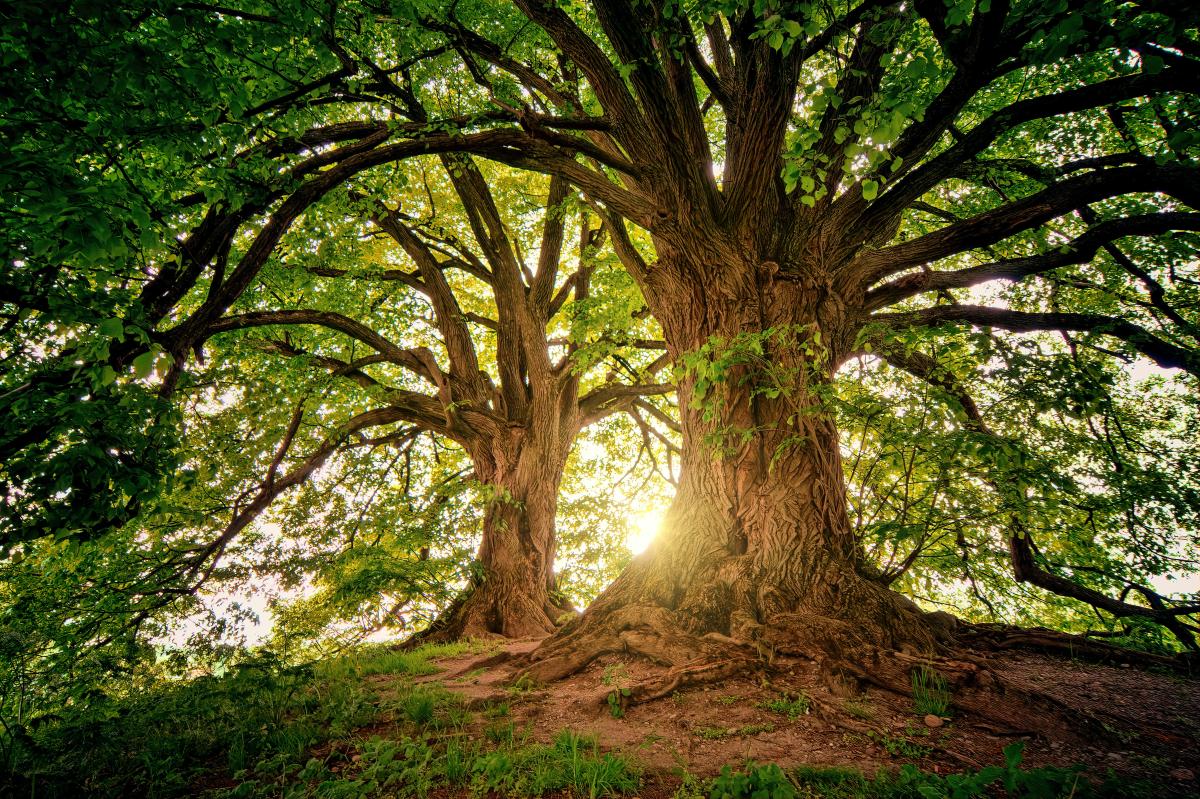
Students use GIS and analyze another digital map before constructing a model to explain human impacts on different biomes across the globe.

Students play a game to model and graph the effects an invasive species on a local ecosystem before analyzing a case study and completing a research project.
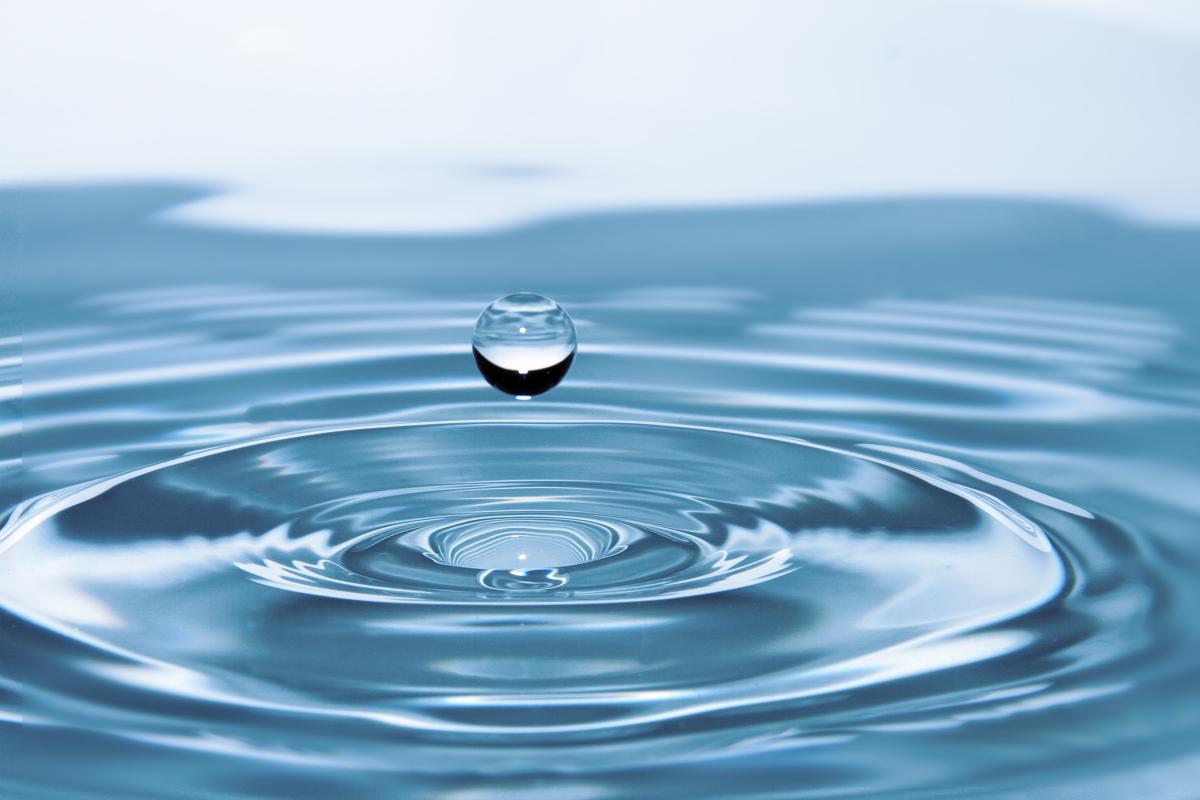
This STEM lesson takes place in a science classroom after students have explored the differences between substances (in the solid, liquid, and gas states), and energy transfer. It is intended to last

Lesson 2 of 4 Students will investigate and research key factors that impact urban heat islands. Equipped with evidence, students will draft a scaled drawing of a master-planned community applying

This challenge focuses on teamwork and the engineering process. Students will work in groups of 3-4 to research, design, build, test, and reflect upon their cooling structure. Work will be completed

This lesson plan will help students gather and analyze data from a climate of a small-scale area such as the football field, parking lot and botanical garden.
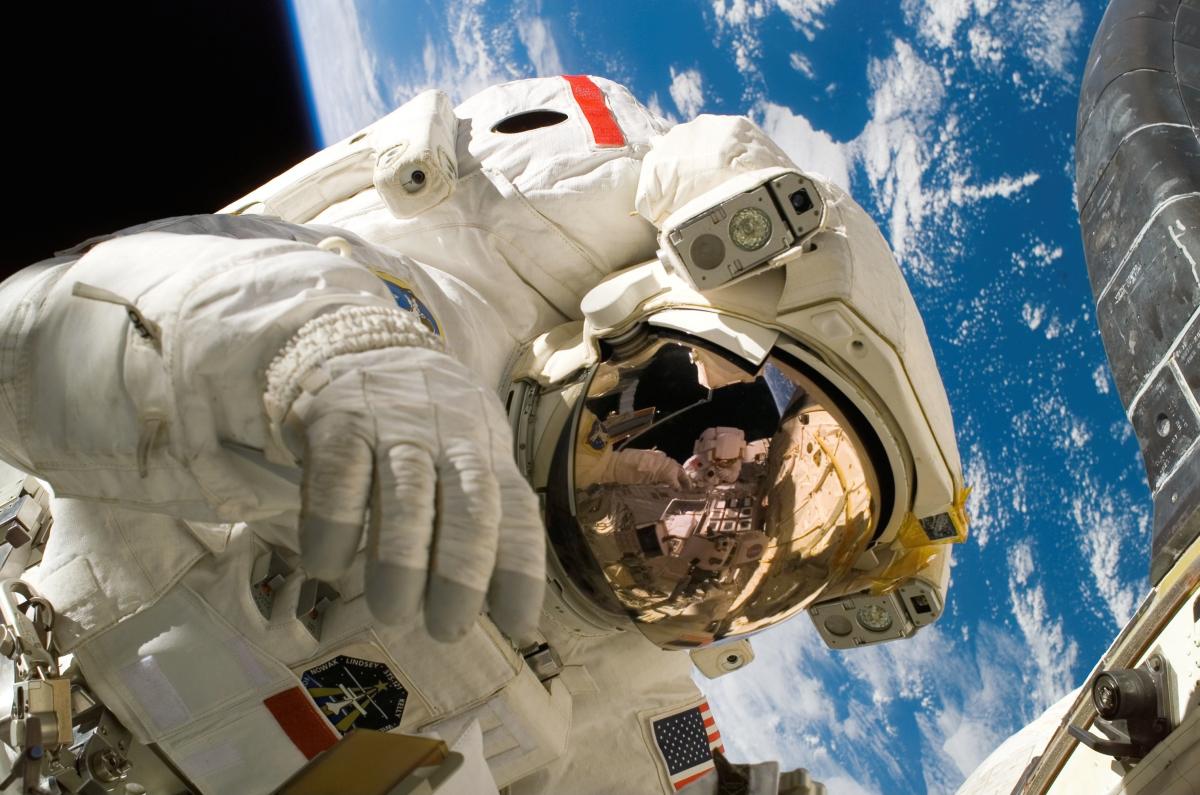
This lesson is the final lesson after teaching all four of Earth's Spheres. The lesson is designed to show the interaction between the Earth's spheres. Students will be assigned two spheres and then

Students will build an ice snowman and a house for him to live in. They will collaborate to design a structure to keep him from melting. This project uses basic materials to study insulation and
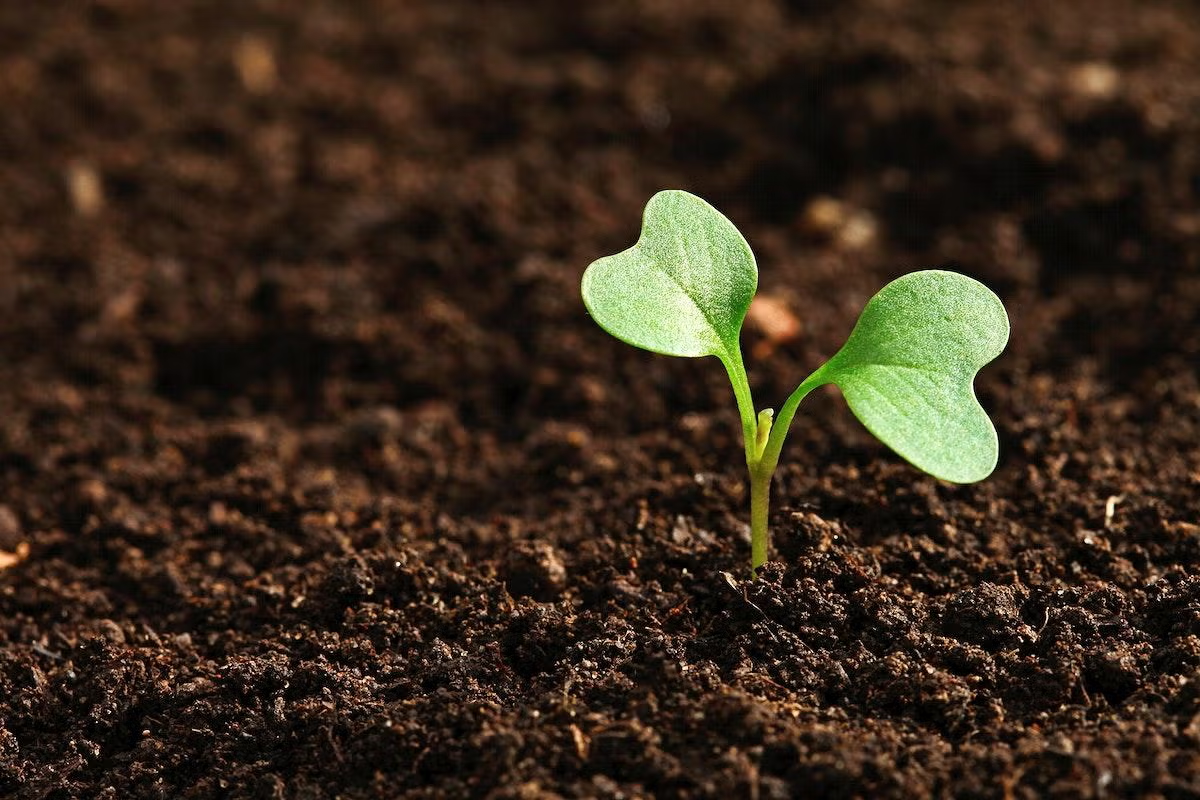
In this five days lesson plan or a class project, I used a picture book, "Seeds of Change: Exploring Wangari Maathai's Tree-Planting Efforts". This lesson plan is great for 6th -8th-grade students. In


